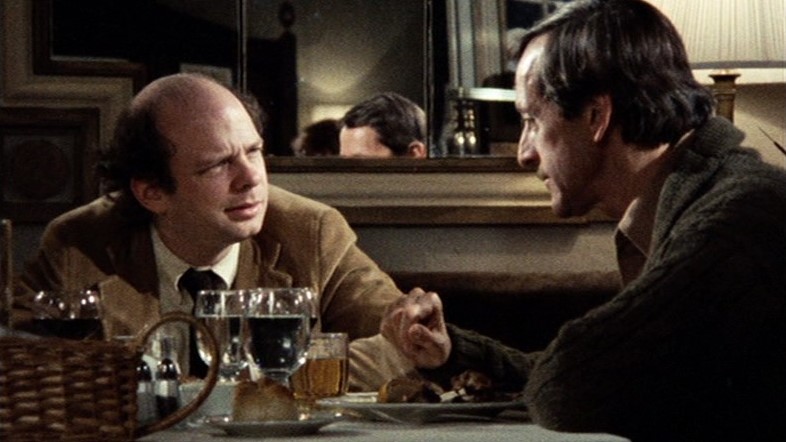
Roger Ebert stated, “Every great film should seem new every time you see it.” This rings true for some films and others not so much. So why is it that certain films always resonate within us? Sometimes we see a character on screen that can almost be us, or it’s a universe we wish we could just dive into.
Regardless of whether we’re seeking answers about the film, enjoying it like comfort food or the experiences over time make us see the film in new ways. Obviously, the films don’t change, we do. Therefore, here are 10 films that seem new every time you watch them.
10. The Leopard (1963) – Luchino Visconti
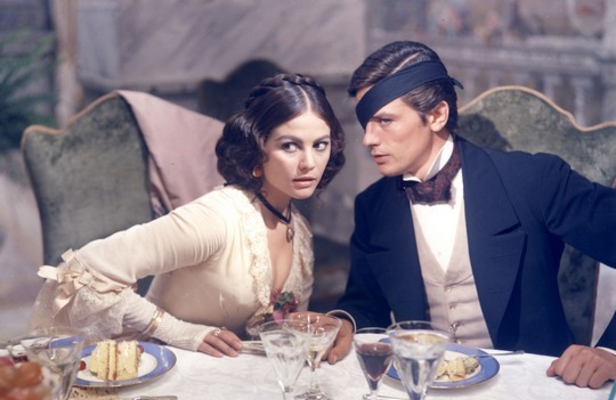
Luchino Visconti has always explored the high aristocracy and its characters’ relations amongst them. In “The Leopard,” we see the changing landscape of Italy and its class system revolving around Don Fabrizio Corbera or the Prince of Salina, portrayed by Burt Lancaster.
The films has many revolving characters, mostly those who are for or against a new system in divided Italy. Therefore, with Lancaster at the center, we see where his loyalties lie, but we come to understand his viewpoints, actions, and choices with subsequent viewings. Almost everything leads to Lancaster’s uncanny performance in the final 45-minute ballroom sequence.
With this, we feel his sadness, his understanding or lack thereof, and his concerns for the aristocracy. Regardless of what side we choose, we feel more in line with the Prince. In contrast, the film is filled with undeniable beauty, cinematography, battle sequences, and landscapes that we are constantly roving our eyes over and seeing new details.
No false notes were made by Visconti in this masterpiece, but seeing two sides of the coin through one man’s perspective certainly changes our own as we continue on in our lives.
9. Badlands (1973) – Terrence Malick
The first film that brought one of the great cinematic, quasi-religious, and philosophical filmmakers into the world. At first, you can call this a ‘lovers on the run and kill spree’ kind of film. And yes, that’s where the inspiration came from for Charles Starkweather and Caril Ann Fugate in 1958. However, after each new viewing, the story seems to change.
We see it’s just a love story between two lost individuals. Martin Sheen’s wannabe James Dean persona and teenaged not-sure-what-to-do Sissy Spacek form a bond that we can never truly land on. From the ramblings of Spacek’s Holly and the unpredictable Kit, we are constantly seeing new ways around the film.
It’s a road movie, a love story, a diabolical kill spree, a loss of innocence, and a picturesque view of midwestern America. One can view these as themes within the film, but with the way Malick presents us with these choices, it’s almost as if they were his primary concern.
Throughout the film’s lyrical poem-like tone, we’re always seeing new frames of nature, violence, and misunderstood love, which makes “Badlands” always so new and refreshing after each watch.
8. The Sacrifice (1986) – Andrei Tarkovsky
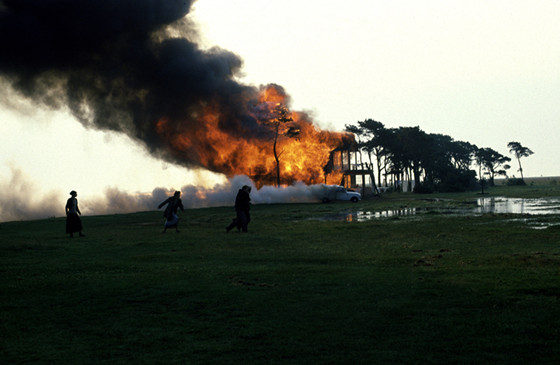
In his final film while he was slowly dying, Tarkovsky had some final thoughts on his life here on earth. The film explores Bergman regular Erland Josephson’s Alexander attempting to plea with God to avoid a nuclear holocaust.
Throughout the film, noting is explained verbally or visually, as with most of Tarkovsky’s works, therefore we are required to do the heavy lifting on its meaning, themes, and choices.
As a result, especially in the climax and aftermath of the film, we really start to ponder upon what actually happened. Was it man-made or was it a spiritual endeavor that occurred? Is this a poem or parable? The questions are endless, much like those asked by Alexander to his grandchild.
The reason why we pick up new details and why this film seems new every time we watch it is how all ages are represented in the film, from grandchild to grandfather. Therefore, all life on earth is shown and how they go about dealing with the possible end of the world. As a result, every time we view it, we can relate to different views as we have experienced more, and can contemplate whether the choice of the sacrifice was truly necessary.
7. The Great Beauty (2013) – Paolo Sorrentino
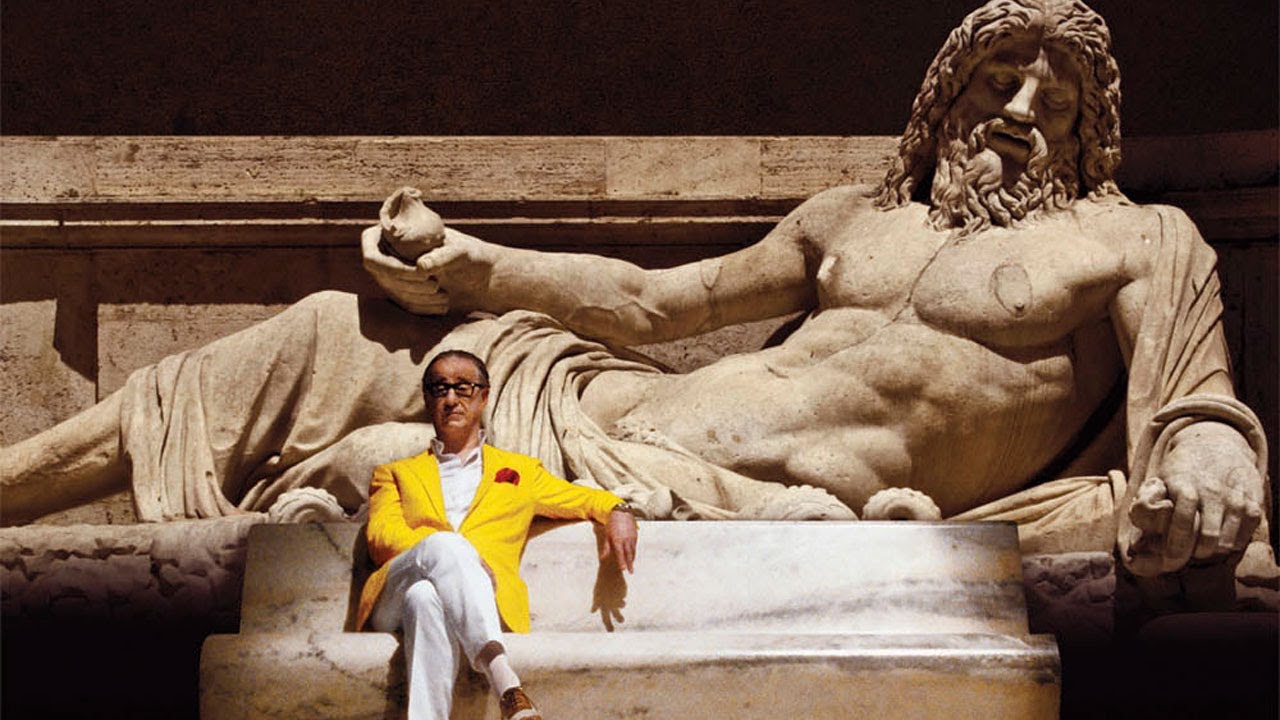
A film soaked with enormous beauty and splendor with Toni Servillo’s Jep at the center. In Sorrentino’s film, we see the aging, party-going womanizer Jep come to terms with his empty existence in the high life of Rome, thus beginning his search for the great beauty.
From the extensive party scenes to the quiet, natural wandering life in Rome, Jep is always searching and encountering people along his path. And with each character, song, or situation, we see the isolation, loneliness, and longing of Jep in deeper and darker ways in the nocturnal searches for meaning. By no means is the film downbeat due to the aesthetics, soundtrack, and vibrant colors, but with each viewing, it gets a little sadder and a little sweeter for Jep’s life.
A perfect scene is when Jep converses with a a couple his age, with the man sharing a connection to a former love, and how he states that their simple, tranquil life is so beautiful as opposed to his rich, affluent high life that is void of meaning and love. It may not be as heavy in the first or second viewing, but as times goes on, we feel more sympathy, understanding, and love for Jep despite the fact that he may not have that for himself.
6. Make Way for Tomorrow (1937) – Leo McCarey
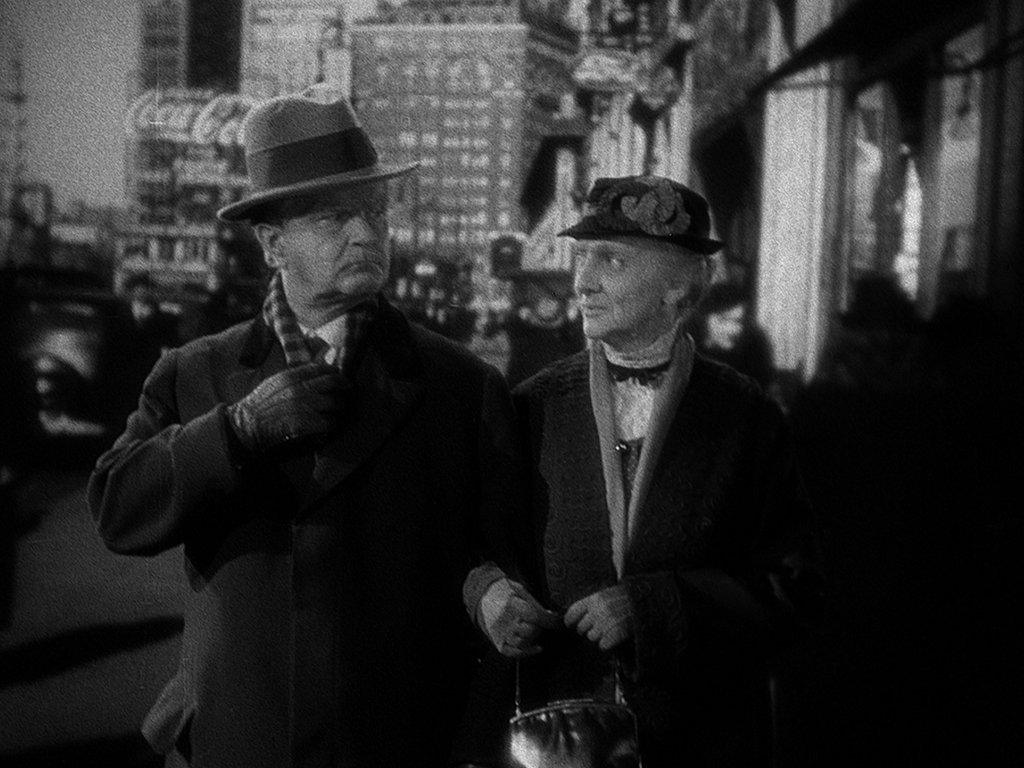
An inspiration for Yasujiro Ozu and a film that Orson Welles declared “would make a stone cry,” this film was largely forgotten in the Hollywood of the 1930s. What makes this film so touching and real every time we watch is the generational gap between elderly parents and their children that shuffle them around until eventual heartbreak.
Maybe watching this film as a young adult or middle-aged child with your parents growing older and getting more dependent on you can strike heavy emotional cords. This makes you view it from the other side of the fence through Victor Moore’s Pa and Beulah bondi’s Ma.
We see them suffer, struggle with love, and be together at the expense of their children. As the film progresses to the end, void of spoilers, we see what really occurs at we get older.
It is worth watching this film as a younger person or even before your parents become elderly. Through McCarey’s direction, we feel all the ages at play, and that’s why after each new viewing, we come to a better understanding of family dynamics and each other’s positions in their family.